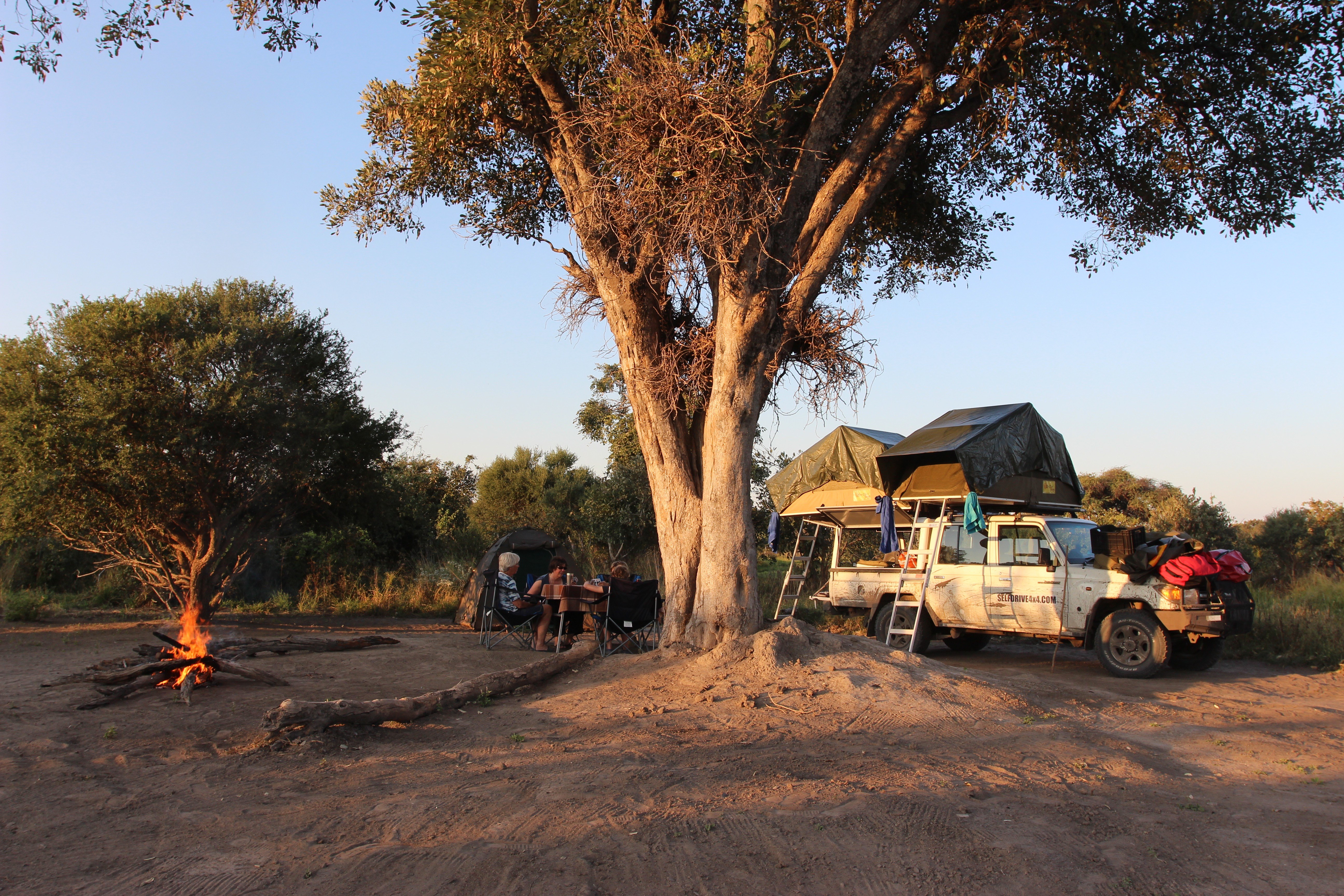Mapungubwe National Park
The public received its first inkling of Mapungubwe’s ancient secrets in 1934, after the University of Pretoria announced the findings of father and son, Ernst and Jerry van Graan, and a group of intrigued friends.
Guided reluctantly by the son of a local tribesperson, they had scaled the top of a small, sheer-walled mountain and discovered tangible evidence of a 1000-year-old royal realm, replete with burial treasures of gold, copper and glass beads.
Decades passed thereafter as archaeological excavations got underway; it was a process marked by hindrances and breaks in continuity, the main obstacle being World War II. A major boost to the Mapungubwe cultural landscape, as it was called at the time, was when UNESCO considered it sufficiently significant to receive World Heritagestatus in 2003. A year later, a brand-new national park was formed.
The park has an impressive location abutting the shining sinuous loops of the Limpopo, while 1km from Mapungubwe Hill is a viewsite giving onto an expansive vista of the meeting of the Limpopo and Shashe rivers.
Mapungubwe fringes the borders of three countries: Botswana, Zimbabwe and South Africa. Future plans see it merging with Zimbabwe’s Tuli Safari Area and Botswana’s Tuli Block to become the Limpopo Transfrontier Conservation Area.
The parks vegetation is defined as mopane bushveld with some Kalahari thornveld, and along the Limpopo, stretches of closed canopy riverine forest. Acacias are predominant with 24 species, among these Fever Trees and Ana Trees. The Nyala Berry is a dense, large, round-topped tree with small yellow-brown berries, and Leadwoods carry four-winged seed pods that turn brown as they dry. Everyone knows the Common Wild Fig, a strangler tree draped with scruffy aerial roots, and the Rock Fig whose roots snake into every rock crevice. There are great-girthed Baobabs, corpses of tall Ilala Palms, and speading Sycamore Figs grow along the river banks.
The parks most distinctive feature is Mapungubwe Hill, a free-standing, sharp-edged, oblong bastion of sandstone and rock cliffs which protects the remnants of a king’s settlement. An elongation of 300m, it rises 30m above a dramatic bouldered lanscape, rocky koppies punctuating the bushveld of butterfly-leaved mopanes, wiry acacias and fat grey baobabs.

